The Synergy of Solar Power and Smart Parking
As the world accelerates toward net-zero goals, smart solar parking lots have evolved beyond mere parking spaces. Indeed, they now serve as strategic energy hubs merging renewable power with intelligent transportation. Bivocom is a global leader in industrial IoT solutions, offers robust hardware and innovative software. Consequently, this unlocks smart solar parking’s full potential. Specifically, by integrating solar photovoltaic systems, energy storage, EV charging, and smart sensors. Bivocom creates ecosystems that are environmentally friendly, cost-efficient, and user-centric.
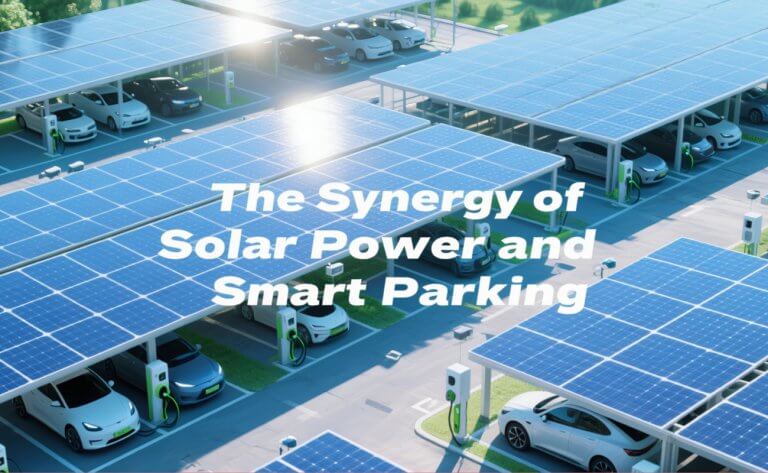
The Advantages of Smart Solar Parking
- Green Energy Integration: Harnessing solar power reduces fossil fuel reliance, cutting emissions by up to 60%. Additionally, it provides renewable energy for EV charging and facility operations. Excess energy can feed back into the grid, creating new revenue streams.
- Long-Term Cost Savings: Although initial investments exist, operational savings are significant. For instance, zero monthly bills for charging/lighting occur. Moreover, equipment costs decline (solar panel prices dropped 82% in a decade).
- Enhanced Space Utility: Solar canopies protect vehicles from weather. Simultaneously, they house sensors, cameras, and chargers. Therefore, land use optimizes in space-scarce urban areas.
Bivocom’s IoT Architecture: The Nervous System of Smart Solar Parking
1. Perception Layer: Capturing Real-Time Data
The TG462 Edge Gateway features a high-performance ARM CPU. Additionally, its rich interfaces (2x RJ45, 4x RS232, 3x RS485, etc.) link to solar inverters via Modbus RTU/TCP. Hence, enabling real-time tracking of power output, efficiency, and fault detection. For energy storage, it can be integrated with battery management systems (BMS) to monitor state of charge (SOC), health metrics, and thermal conditions, ensuring optimal energy utilization.
The TG452 LoRa Gateway, leveraging 4G LTE/LoRa wireless protocols. Consequently, it can connect ultrasonic parking space sensors and RFID-enabled EV chargers, providing granular data on parking space occupancy (accuracy >99%), charging status (power levels, session duration), and user behavior (peak usage times). This enables real-time parking guidance and dynamic charger allocation.
Low-power TW810 NB-IoT Modem can connect environmental sensors, such as measuring PM2.5, temperature, humidity, and light intensity. Therefore, lighting systems (e.g., dimming during low occupancy) and correspondingly ventilation are thereby optimized, thus cutting energy waste by a significant 20% while simultaneously ensuring comfortable conditions for both users and equipment.
2. Network Layer: Reliable Connectivity for Critical Operations
Technologies like NB-IoT/LoRa/LTE-M enable long-range (5km+), low-power connectivity for scattered sensors in large parking lots or remote areas.
- High-Speed 4G/5G for Real-Time Control
Industrial routers like the TR321 (4G) and TR323 (5G) provide ultra-reliable connectivity for time-sensitive systems:
EV Chargers: Ensure millisecond-level response for charging start/stop commands while simultaneously processing payments with equivalent efficiency.
Security Systems: Proactively enable real-time video transmission for license plate recognition (LPR) alongside anomaly detection, remarkably maintaining latency <100ms.
Dual SIM Failover: Dynamically switches between network providers to thereby maintain consistent 99.9% uptime, particularly critical for 24/7 operations in airports or logistics hubs.
- Edge Computing Resilience
Gateways preprocess 80% of data locally—compressing large datasets (e.g., charger logs), and storing 24+ hours of offline records. Thus, they ensure autonomy during outages.
3. Application Layer: Intelligent Decision-Making for Optimal Performance
Aalgorithms balance solar, storage, and grid usage. For example, during peak sun (8 AM–4 PM), solar primarily charges EVs directly, thereby reducing grid use by a substantial 60%. Conversely, night hours strategically use low-tariff grid power, furthermore cutting costs by a notable 35%. Most significantly, V2G (Vehicle-to-Grid) proactively feeds excess energy back during demand spikes, consequently stabilizing grid loads.
Machine learning models analyze device performance data to predict issues proactively:
Solar Panel Soiling: Detects a 15% drop in output efficiency, consequently triggering automated cleaning alerts to thereby maintain optimal performance.
Battery Degradation: Actively monitors charge-discharge cycles alongside voltage fluctuations, thereby predicting replacement needs and significantly reducing downtime by 40%.
Specifically, Mobile apps and digital interfaces leverage real-time data for seamless interactions:
Smart Navigation: Precisely guides drivers to available parking space and chargers via GPS-integrated maps, thereby reducing search time by a marked 50%.
Green Energy Tracking: Specifically displays carbon savings (e.g., 1.2kg CO₂ per kW·h charged), while simultaneously showing solar utilization rates, thus consequently enhancing sustainability engagement.
Contactless Services: Notably supports QR code/RFID payments and pre-booked charging slots, significantly cutting exit delays by 60%.
Why Choose Bivocom?
Conclusion
Undoubtedly, solar-powered smart parking has become vital for net-zero mobility. Consequently, Bivocom’s IoT solutions transform lots into dynamic energy hubs, seamlessly integrating renewable energy, EV charging, and data-driven management. Notably, this achieves lower emissions, reduced energy costs, and improved space utility. Furthermore, it future-proofs infrastructure with V2G integration and blockchain carbon tracking, thus turning global sustainability goals into measurable progress.
Join the Solar-Parking Revolution
Ready to revolutionize your solar-powered smart parking?
Contact [email protected] for a complimentary sustainability assessment. By choosing Bivocom, you’re not just upgrading infrastructure—you’re building the next generation of energy-smart cities. Let’s power the future of mobility, one solar parking lot at a time.
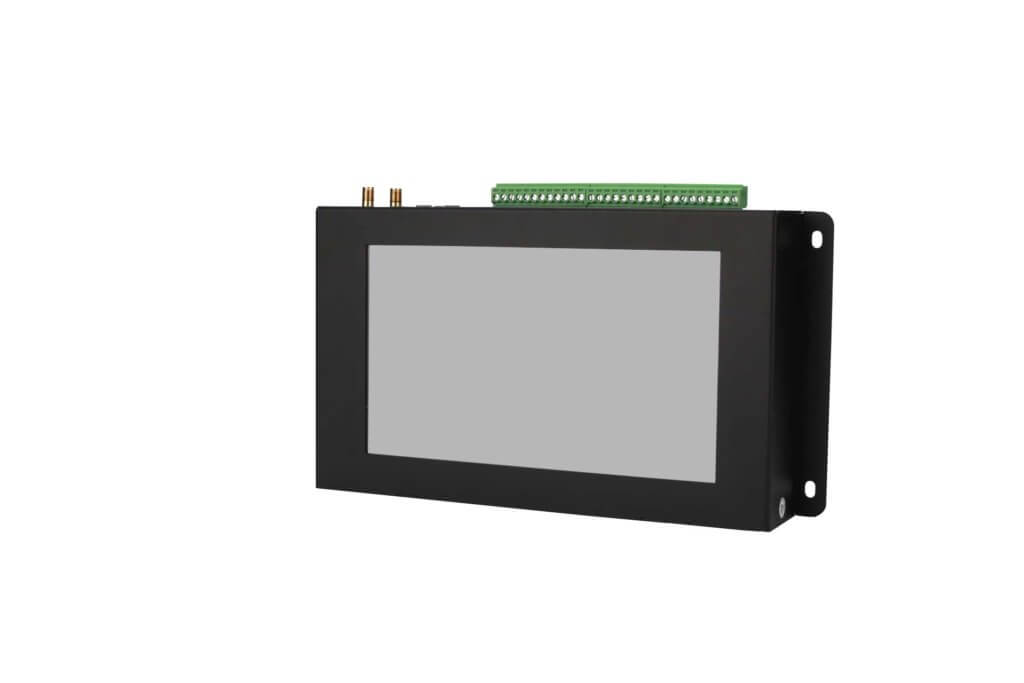
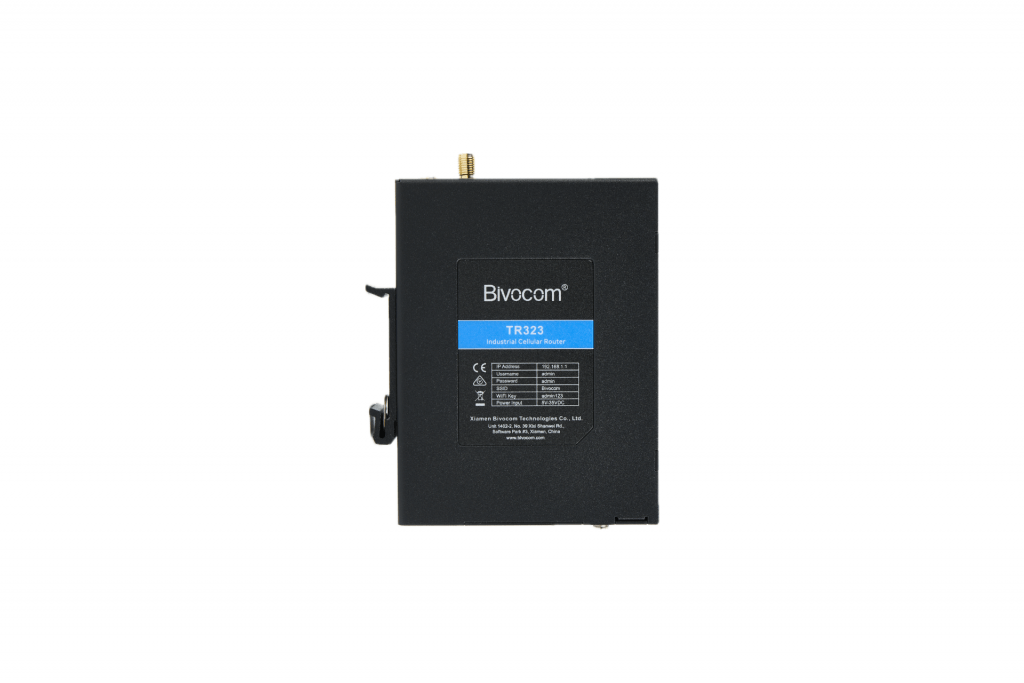
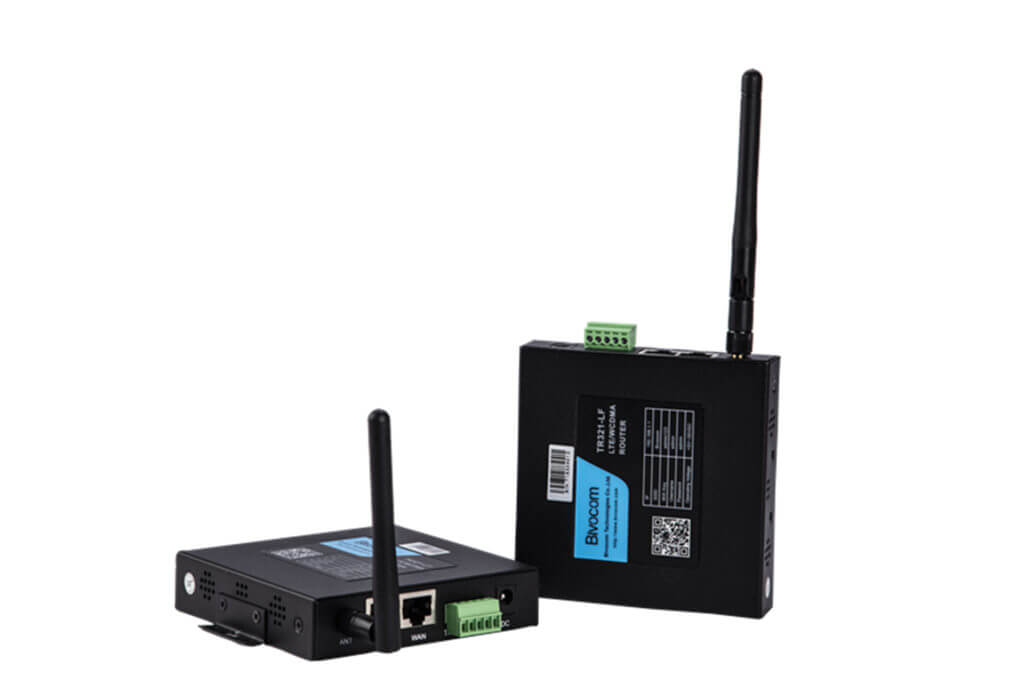
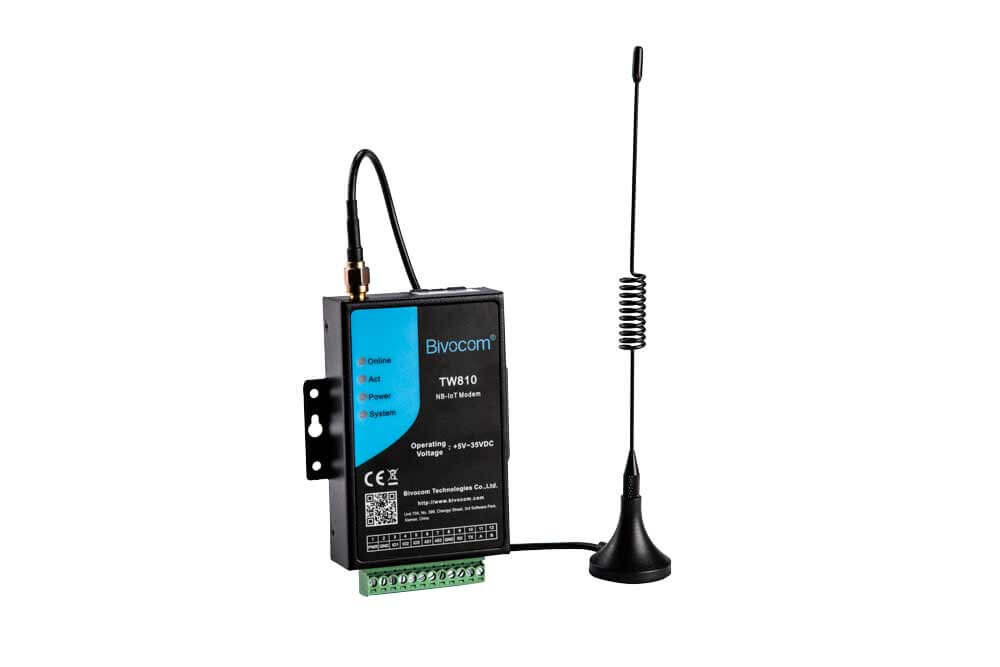
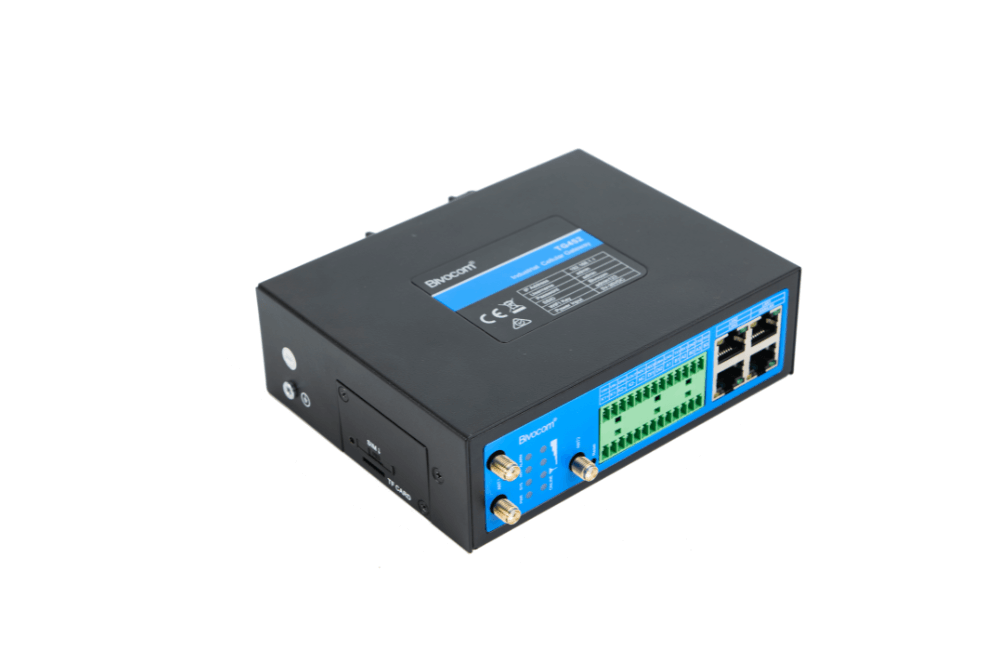
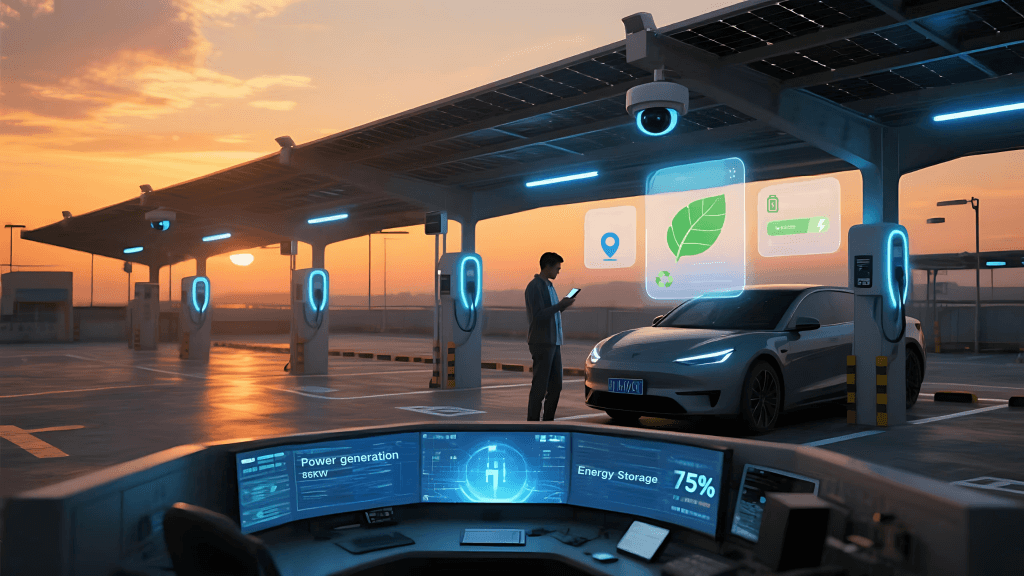
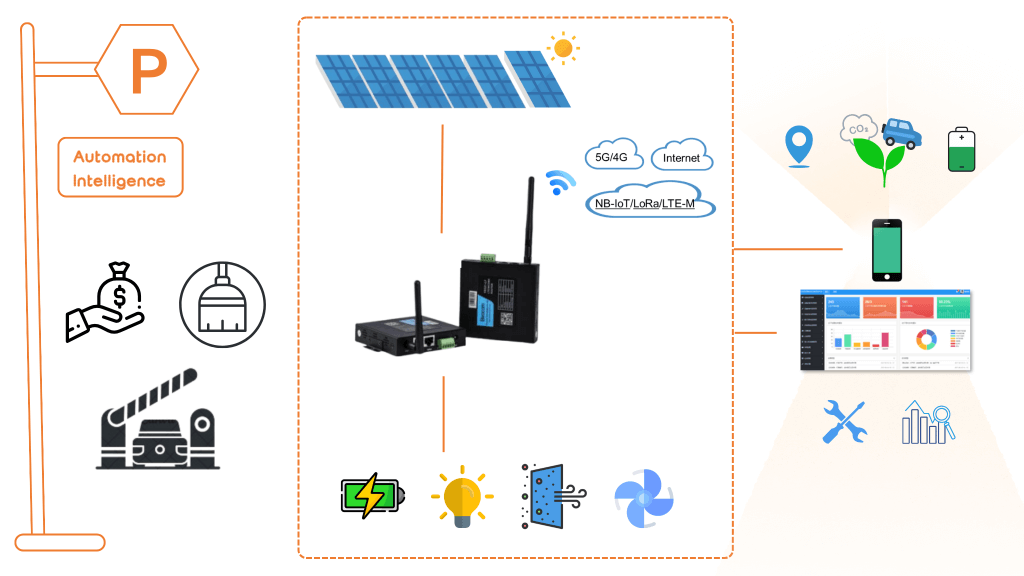
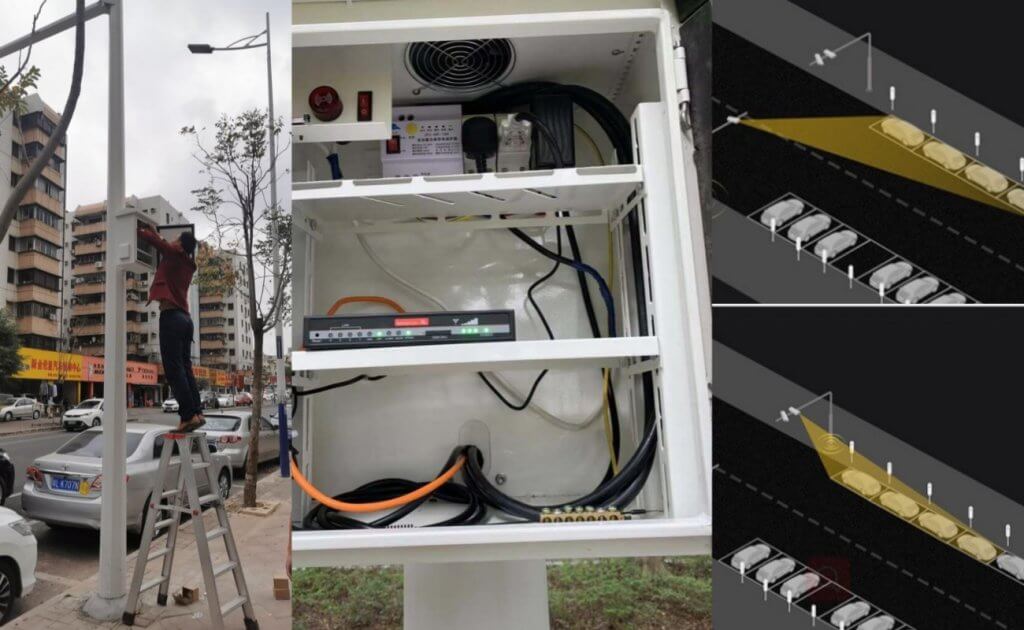

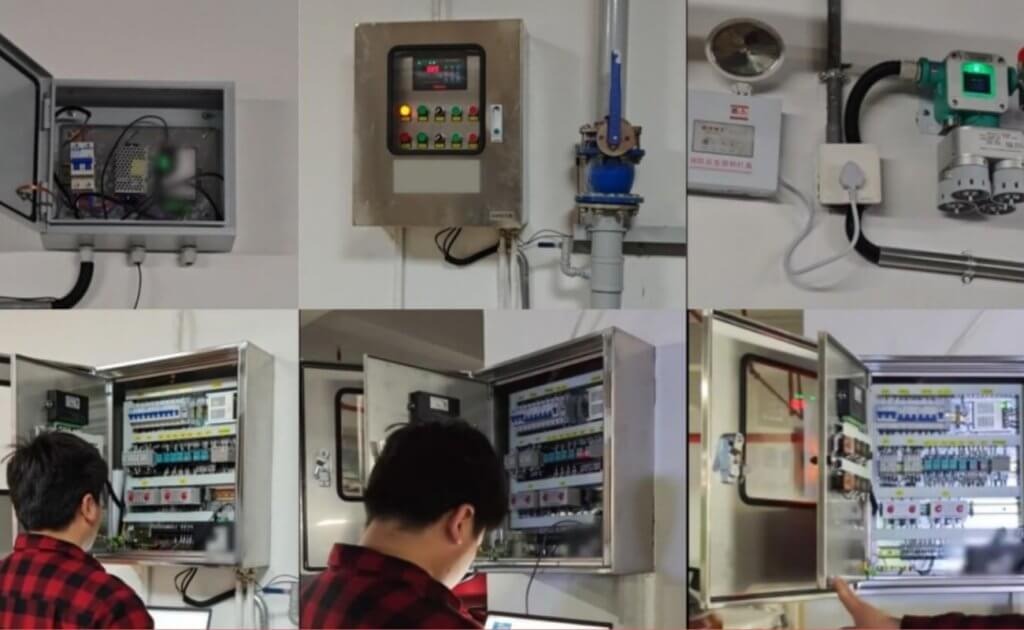

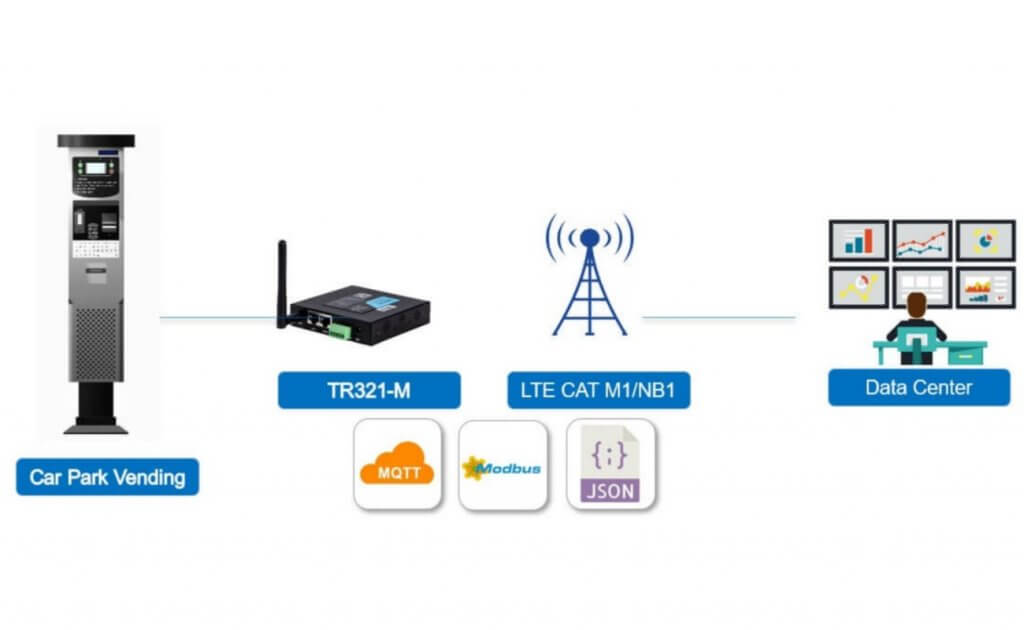
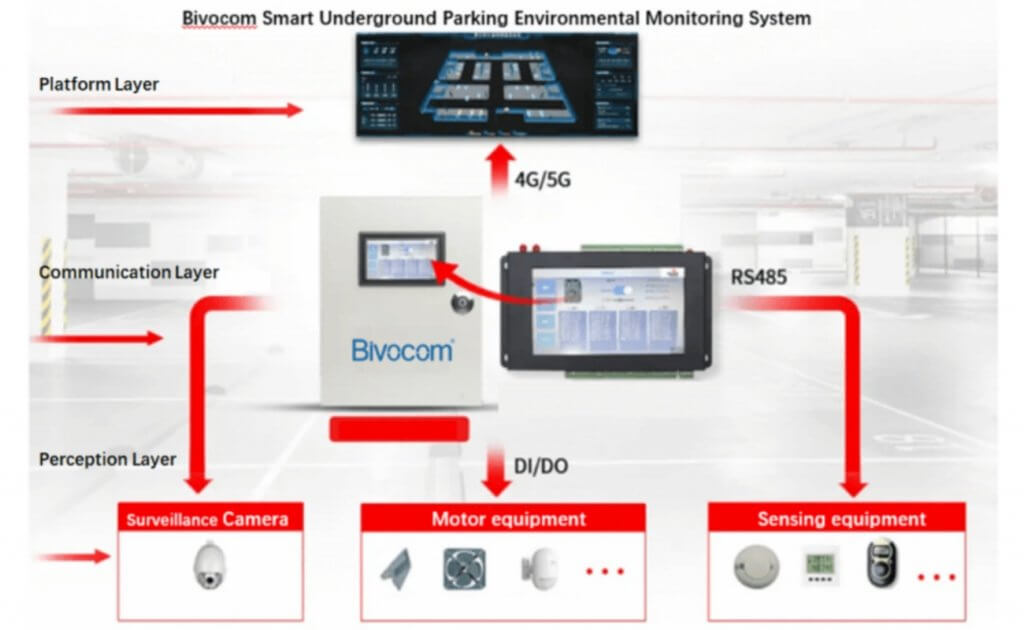

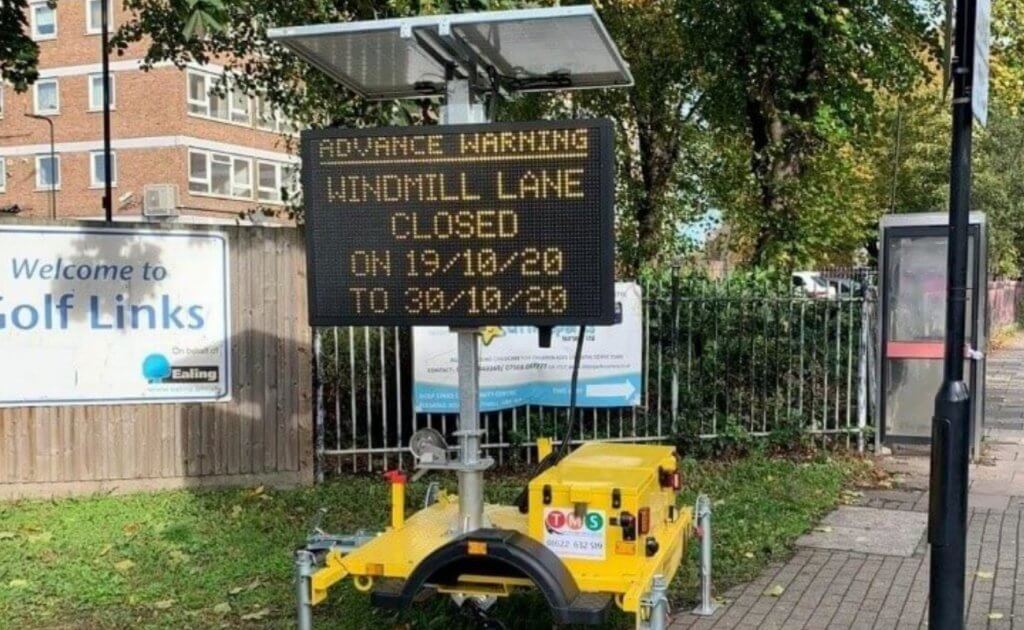
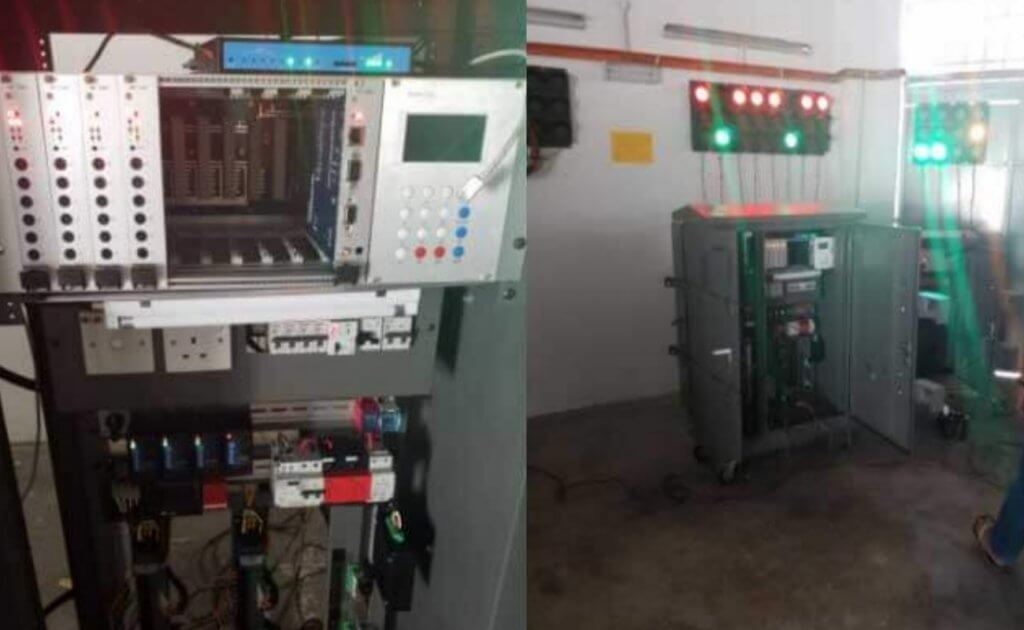
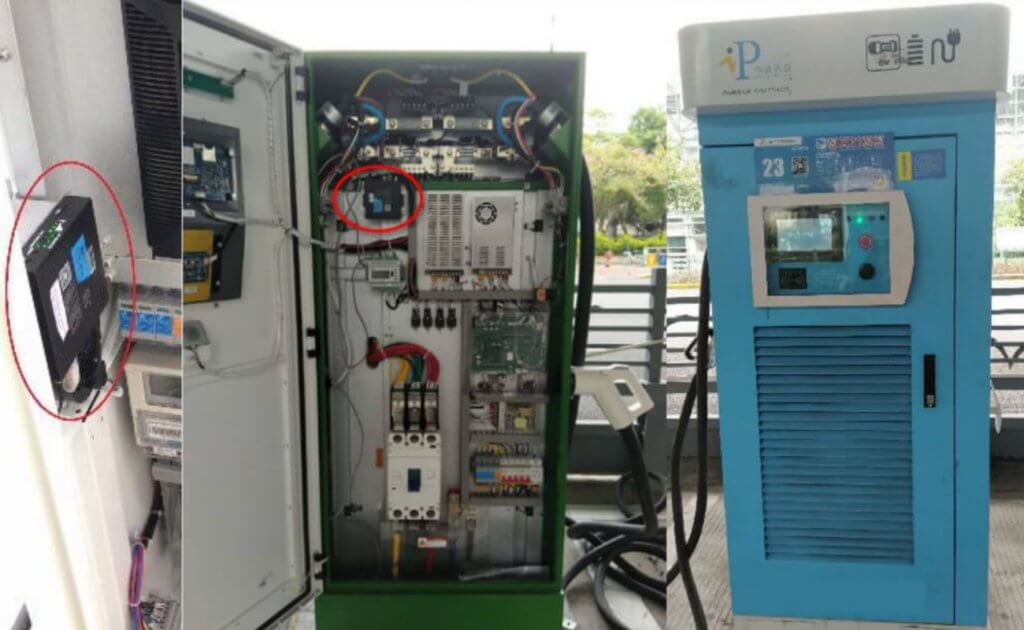
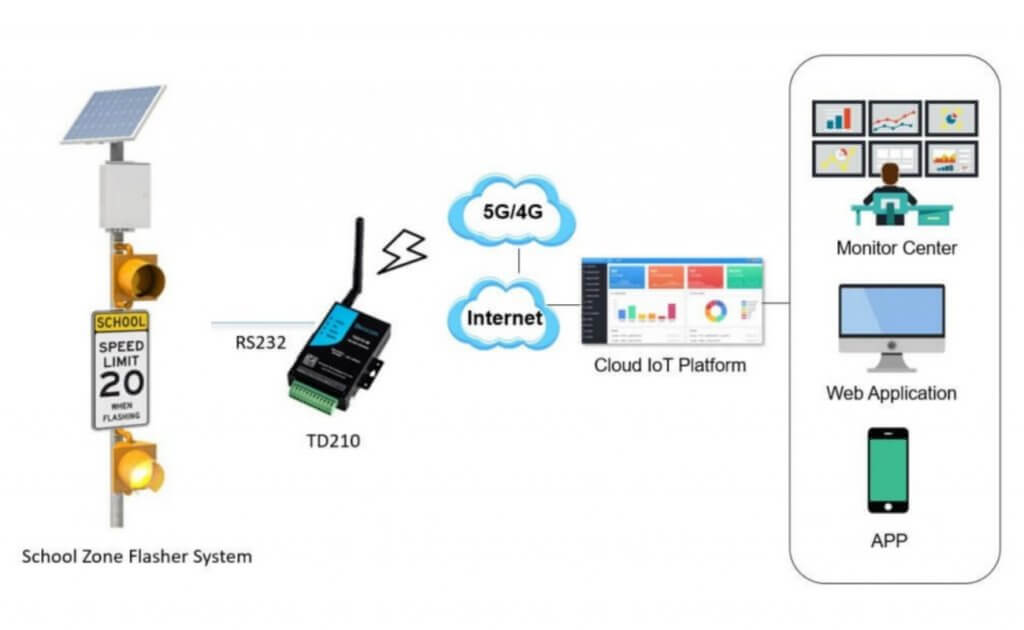
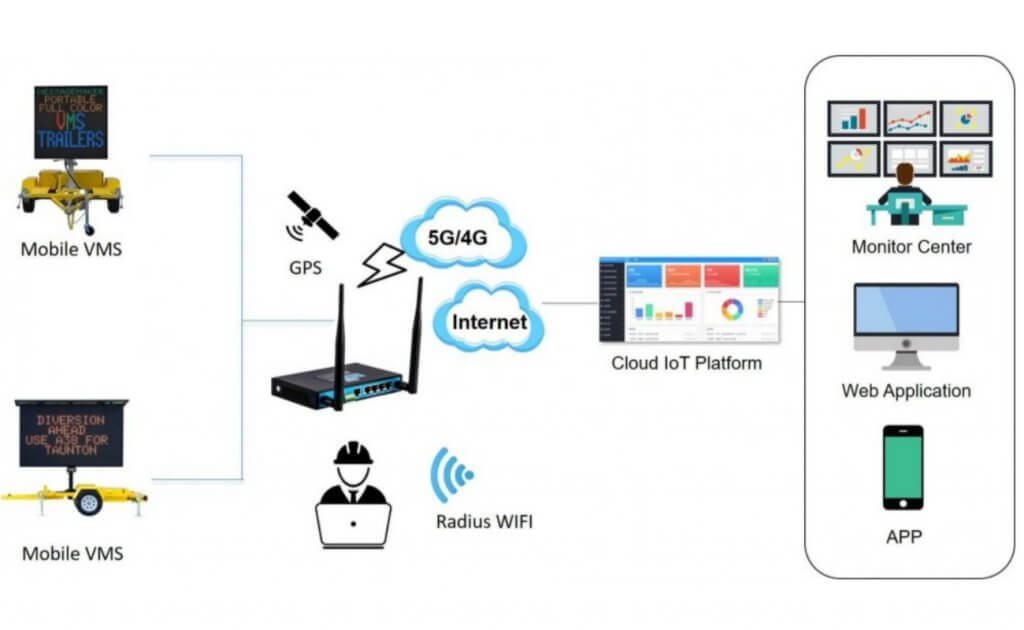
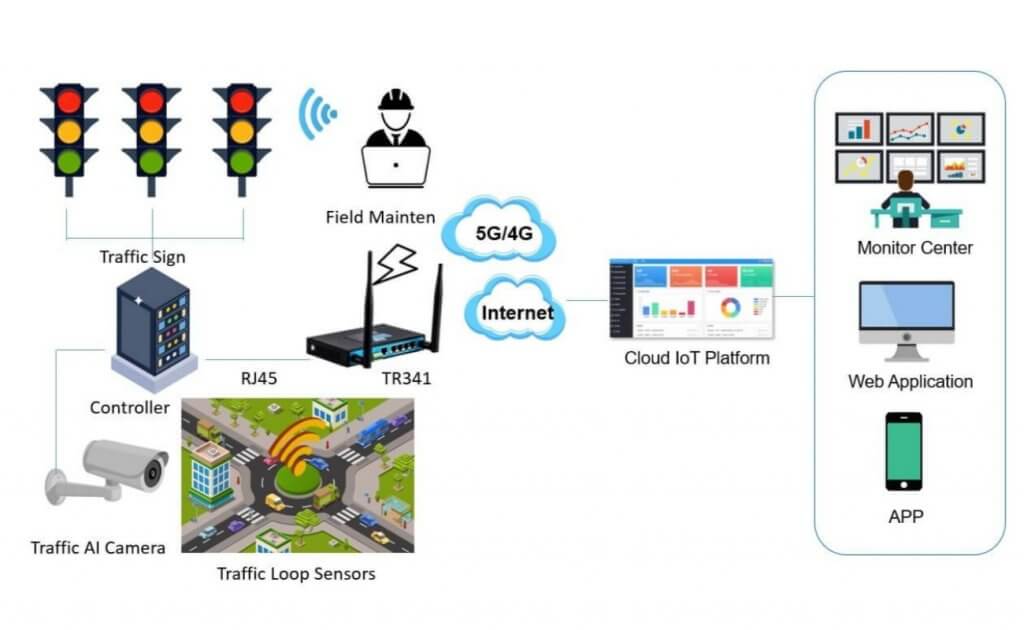
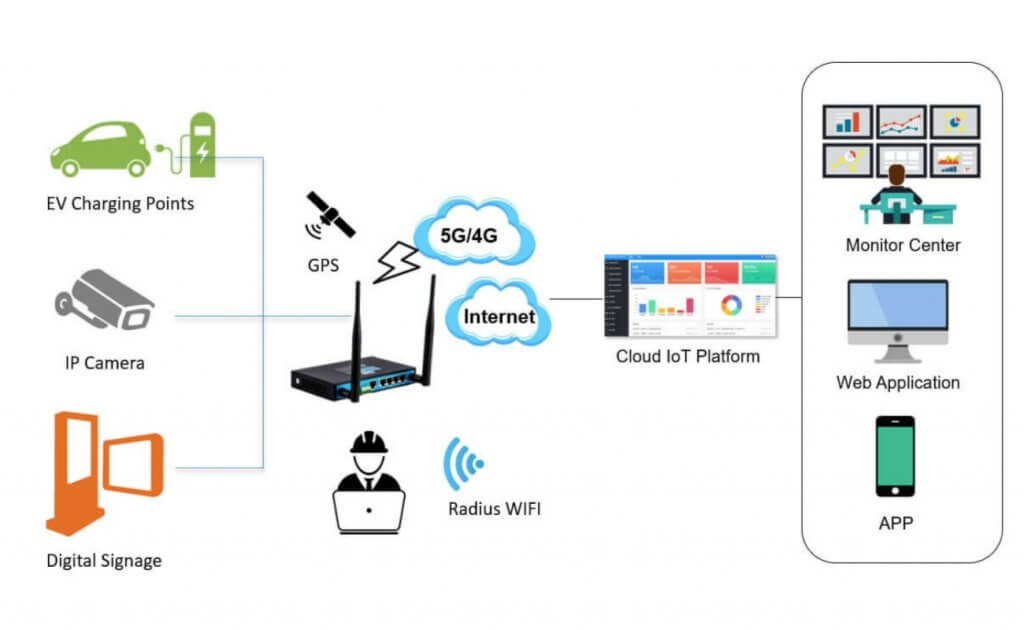
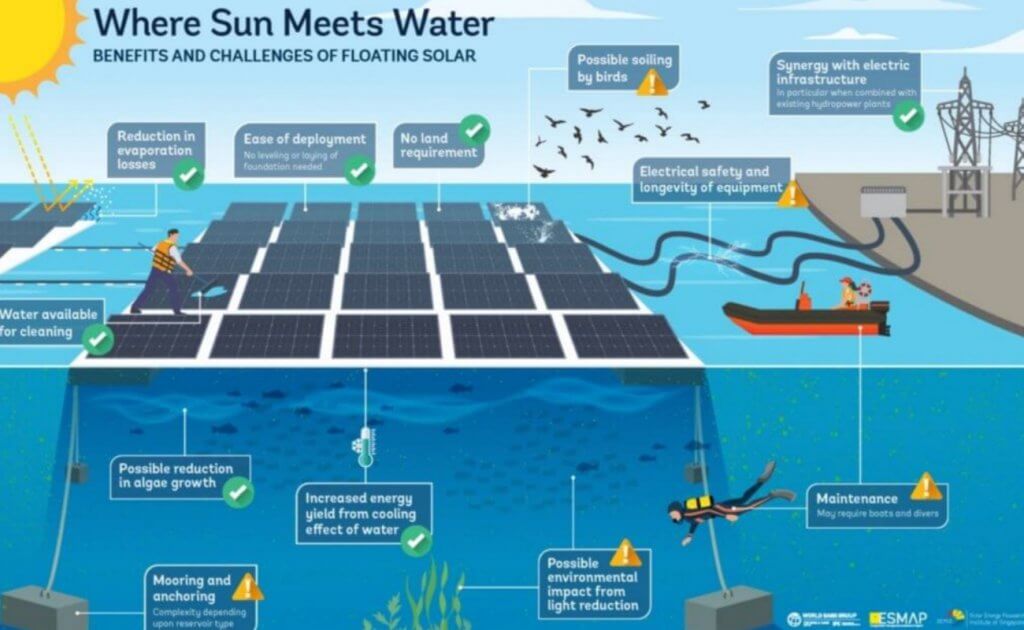
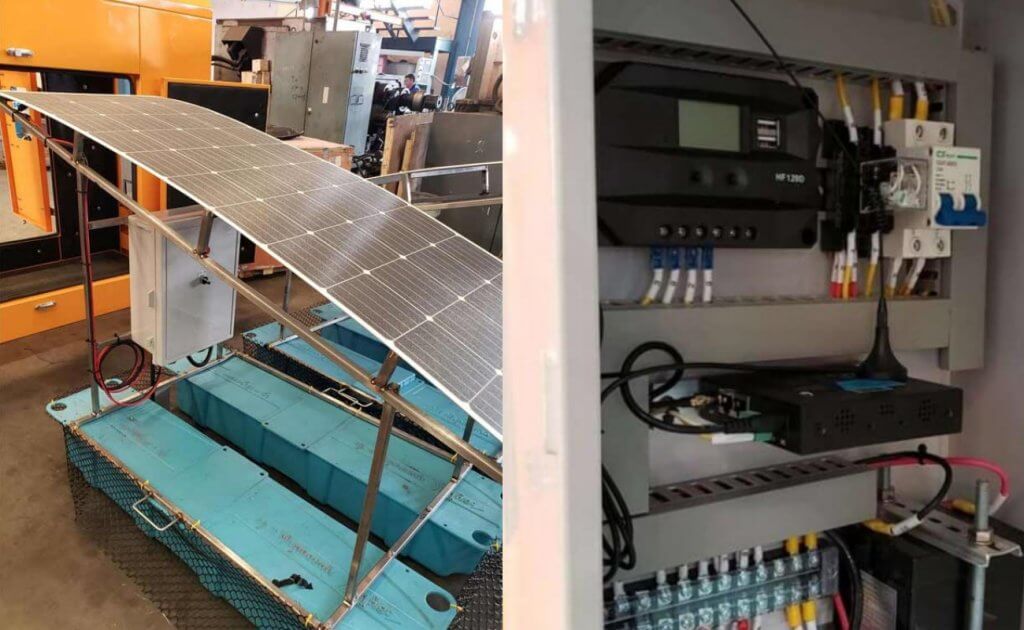
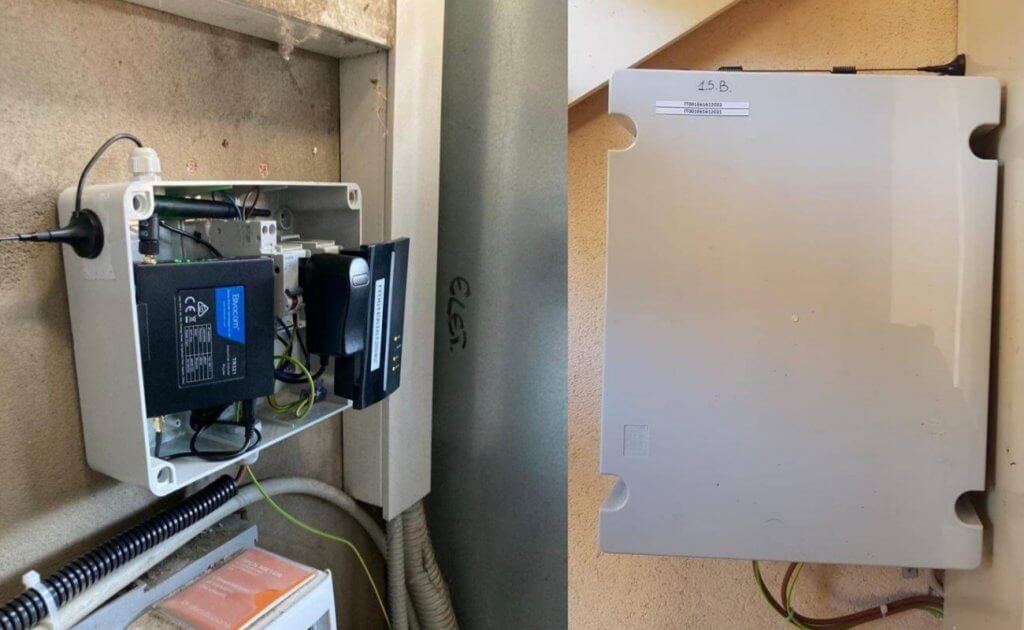
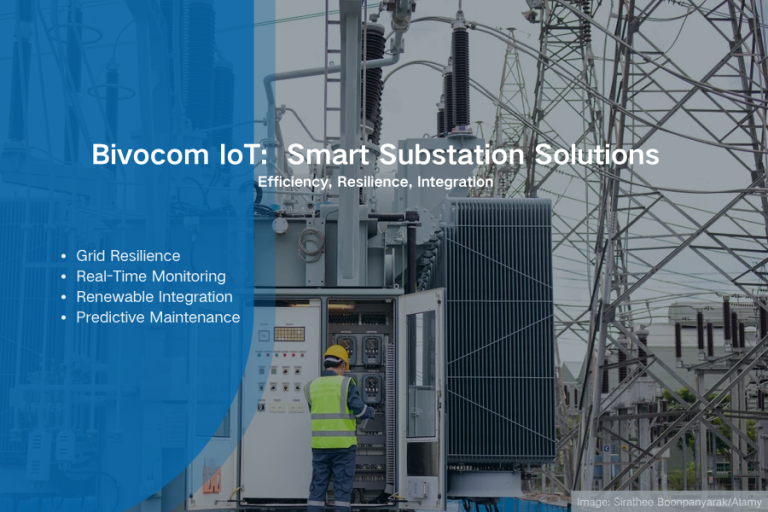
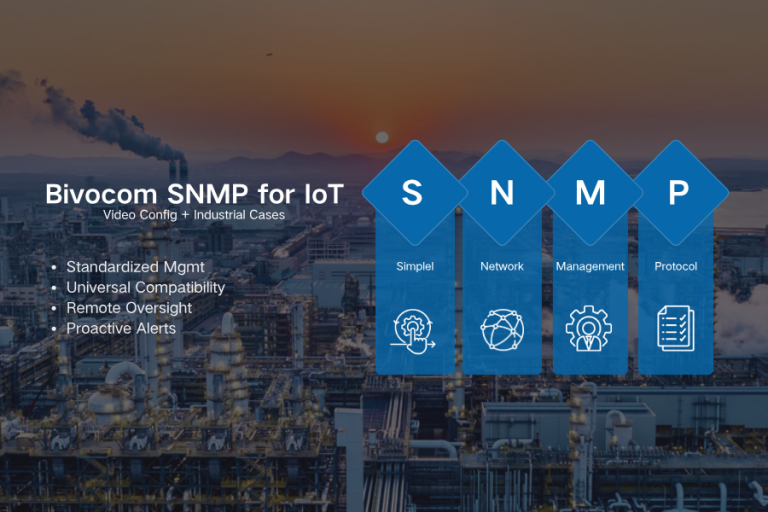

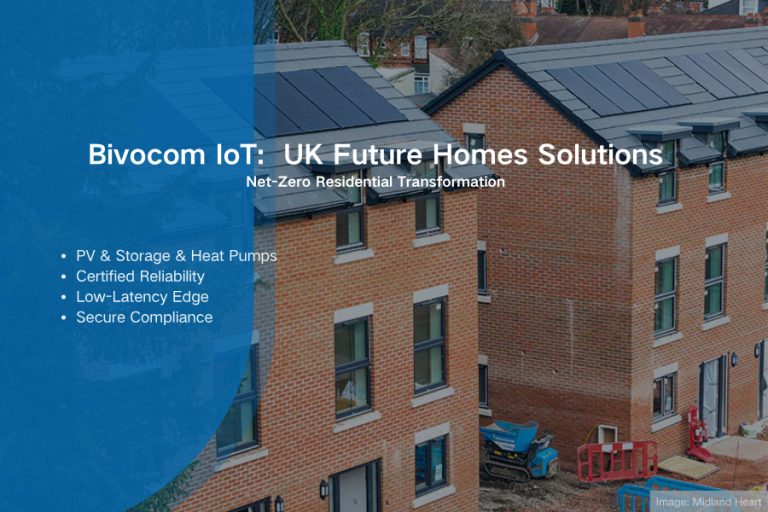
Comment